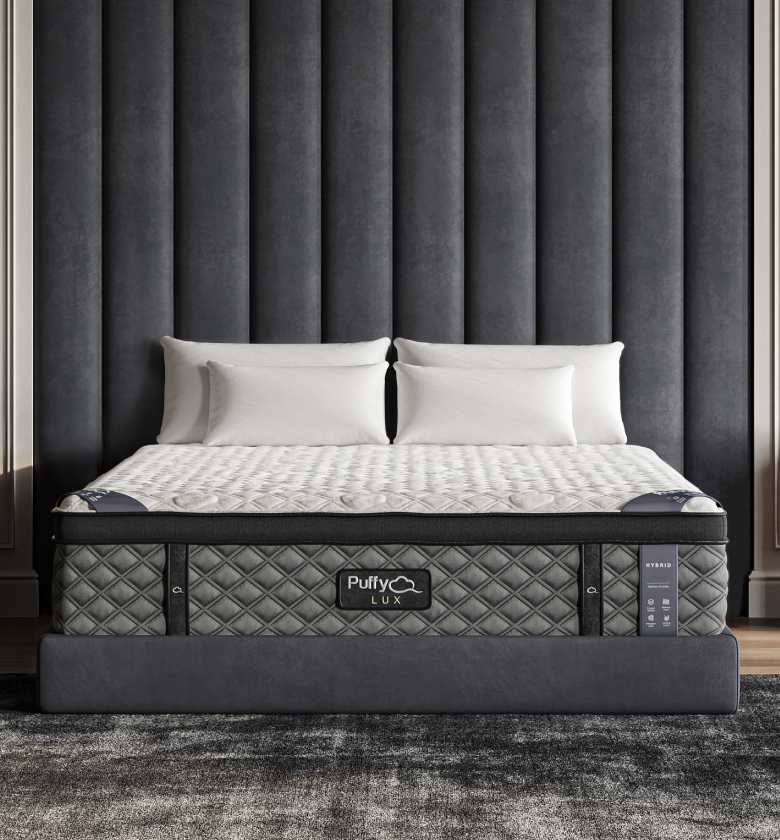Key Takeaways
- A pillow insert should be slightly larger than the pillow cover to achieve a full, plush look.
- The general rule is to use an insert 1-2 inches larger than the cover for a well-stuffed appearance.
- Proper measuring techniques ensure the best fit and prevent sagging or overfilling.
- Choosing the right materials for both inserts and covers enhances durability and comfort.
A well-stuffed pillow can transform the look and feel of any space, making it more inviting and comfortable.
However, achieving the perfect balance between a pillow insert and its cover is crucial.
Selecting the right size prevents a saggy or overly stuffed pillow, ensuring both comfort and aesthetic appeal.
This guide breaks down the best size recommendations, measuring techniques, and expert tips for getting it just right.
Should Pillow Insert Be the Same Size as Cover?
Many people assume that the insert and the cover should be the same size, but this is a common mistake. A pillow insert that matches the cover’s dimensions often results in a flat or under-filled appearance.
Why an Insert Should Be Larger Than the Cover:
-
Fuller, more structured look: A slightly larger insert gives pillows a plumper, more luxurious appearance.
-
Better support: Overfilled pillows provide better neck and back support when used on sofas or beds.
-
Prevents sagging: Undersized inserts can lead to a limp, lifeless pillow that doesn’t hold its shape.
Should Pillow Insert Be Larger Than Cover?
Yes! The best approach is to select an insert 1 to 2 inches larger than the pillow cover size.
Recommended Size Guide:
-
18x18 inch cover → 20x20 inch insert
-
20x20 inch cover → 22x22 inch insert
-
22x22 inch cover → 24x24 inch insert
-
24x24 inch cover → 26x26 inch insert
This rule applies to most pillow types, including decorative, throw, and Euro pillows.
How Much Bigger Should a Pillow Insert Be Than the Cover?
The ideal insert size depends on the fill material and desired firmness.
Factors to Consider:
-
Material of the insert: Down-filled inserts compress more, so they may require an extra inch of sizing.
-
Pillow purpose: Decorative pillows benefit from a firmer, fuller look, while sleeping pillows require a softer touch.
-
Cover material and stretch: Stiffer fabrics might require a larger insert for a snug fit, whereas stretchable materials accommodate a closer match.
How to Measure Pillow Insert for Cover
Accurate measurements are essential to selecting the right insert size.
Step-by-Step Guide:
-
Measure the pillow cover lying flat: Lay the cover on a hard surface and use a measuring tape from seam to seam.
-
Do not rely on tag sizes: Many manufacturers round dimensions up or down, so measure yourself.
-
Account for shrinkage: Some covers, especially cotton or linen, may shrink slightly after washing.
-
Match the insert to the cover size rule: Choose an insert that is 1 to 2 inches larger than the measured cover size.
Pillow Insert vs Cover Size: Finding the Best Match
Choosing the right pillow insert size depends on the pillow type and intended use.
Pillow Types and Recommended Insert Sizes:
-
Throw Pillows: Use an insert 2 inches larger than the cover for a full, structured shape.
-
Euro Pillows: For decorative beds, an insert 1 inch larger ensures a firm but stylish appearance.
-
Lumbar Pillows: A snug fit works best, with an insert 1 inch larger for moderate firmness.
-
Bolster Pillows: Stick with 1 inch larger for optimal support and shape retention.
A properly sized insert enhances the overall look and longevity of a pillow, preventing premature flattening and ensuring lasting comfort.
Pairing the right insert with a high-quality pillow cover can elevate your decor and improve relaxation. A premium insert on a Puffy Royal Mattress enhances bedtime comfort by providing optimal support and plushness.
Choosing the Right Insert Material
The fill material plays a crucial role in determining the comfort and durability of a pillow.
Common Insert Fillings:
-
Down Feathers: Soft, luxurious feel with excellent moldability but requires fluffing.
-
Memory Foam: Firm and supportive, ideal for those needing extra neck support.
-
Polyfill: Budget-friendly, hypoallergenic, and holds shape well over time.
-
Latex: Resilient, breathable, and naturally resistant to dust mites and mold.
Each material has pros and cons, but a high-quality insert improves the overall pillow experience.
For sleepers looking for extra plushness, a premium pillow insert combined with a supportive mattress like a Puffy Lux Mattress can enhance comfort and sleep quality.
Conclusion
Selecting the right pillow insert size is essential for achieving the perfect balance of aesthetics and support.
Chiropractors and interior designers alike recommend using an insert 1-2 inches larger than the cover to create a full and supportive pillow.
By carefully measuring your covers, selecting high-quality materials, and pairing inserts with durable covers, you can enjoy long-lasting comfort and style in your home.

- 8 layers of cloudlike luxury.
- Medium-plush feel.
- Gel-infused cooling.
- 101-night sleep trial.












